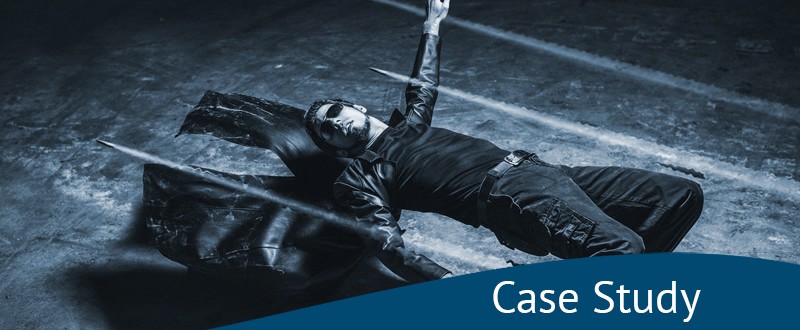Division 7A is the framework for Australian business owners who wish to borrow from a business that they own, fully or in part. This might not sound like a likely scenario if you are a cash-strapped start up desperately seeking business funding, but for many established SMEs it can be a useful use of the cash that can build up in a profitable enterprise.
Of course, these loans to directors can also be tax efficient and beneficial to the owners, but there are dangers too, when business gets into trouble. Now, the rules look set to be changed – retrospectively.
Although we don’t yet know exactly what the new regime will look like, the Treasury has let it be known that the law around Division 7A loans is due to change, and experts have been warning that some small business owners could suffer as a result.
In the 21 years since the law was last updated, many business owners have borrowed from their business. Division 7A loans were especially popular in the property and construction business; for entrepreneurs who wished to finance one enterprise from another; and even as a business-owners’ alternative to a mortgage.
In short, if you had money in the business but for one reason or another didn’t want to pay it all out as dividends, these loans could be a useful tool. If the changes are introduced retrospectively as expected, some business people will be left scrambling to put new financing in place.
What’s Changing?
The government’s current proposals include cutting the maximum term of a Division 7A loan to 10 years. Many accountants are unhappy with this, saying it reduces business financing options in some sectors and that the retrospective change will leave some business owners in difficulty as they are forced to pay the money back far quicker than originally envisaged.
The Treasury stresses that it is still consulting on the proposals, and will take stakeholder views into consideration when it makes a final decision in the year ahead.
What Happens if a Business Goes Bust with Outstanding 7A Loans?
Although a useful form of financing for entrepreneurs, and a way of using and managing cash in a business, Division 7A loans always had the potential to get very complicated if a business went bust.
In a recent case highlighted by an insolvency firm, a company director owed his struggling business more than $1 million via a 7A arrangement. As his company went into liquidation, a large tax debt from the business was attached to the director personally. The businessman faced an insurmountable debt and faced losing his family home alongside his business as a result.
In order to provide a better outcome, the related party debts had to be settled on a commercial basis. This involved assuring each creditor that the settlement amount that could be offered in this manner would be higher than the return the liquidator would achieve using debt recovery action.
As is almost always the case in business, sensible negotiation prevailed and the director was able to keep his family home, while creditors received at least as much as they could have through the courts.
All of this goes to illustrate that even without changes afoot, Division 7A loans are complicated forms of finance and business owners should take advice before setting them up. However, the fact that The Treasury deems new rules are required indicates that they are a useful instrument for many people and remain popular.
“Get Tomorrow’s Cash Flow Today”



